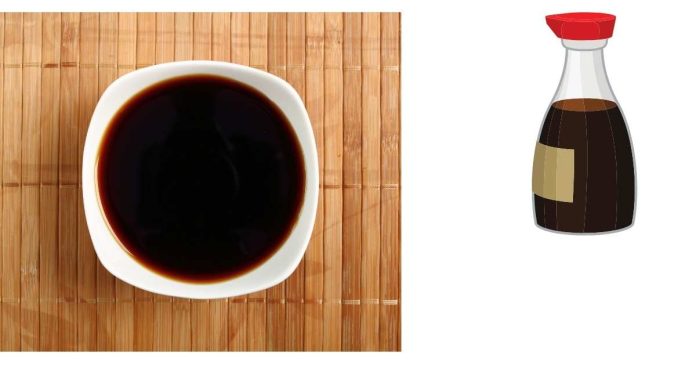The amount of soy in soy sauce varies depending on the specific brand and type of soy sauce, but typically, soy sauce contains a significant amount of soy protein, along with other ingredients like wheat, salt, and water. Here’s a breakdown of the typical ingredients and their relative amounts:
Main Ingredients in Soy Sauce:
- Soybeans (or Soy Protein):
- Soy sauce is made from fermented soybeans, which contribute the primary flavor and protein to the sauce.
- While the exact proportion of soybeans in soy sauce can vary, a typical soy sauce recipe includes a combination of soybeans and wheat in roughly a 1:1 ratio. The soybeans are responsible for the fermentation process, which gives soy sauce its characteristic umami flavor.
- Wheat:
- Most soy sauces, especially the commonly used light soy sauce, also contain wheat. The wheat is fermented alongside the soybeans and helps balance the flavor and texture of the sauce.
- Salt:
- Soy sauce contains a high amount of salt, which serves both as a preservative and as a key flavor component.
- Water:
- Water is used to dilute the concentrated soy and wheat mixture, adjusting the flavor and consistency.
- Fermentation Byproducts:
- Through fermentation, various enzymes break down the proteins in the soybeans and wheat, producing amino acids, including glutamate (which enhances the umami flavor).
Soy Content in Soy Sauce:
- Soy protein is present in significant quantities, but the exact percentage of soy in soy sauce is hard to quantify without specific analysis because the soybeans undergo fermentation and breakdown during production.
- A rough estimate might suggest that around 30-40% of the soy sauce’s composition comes from soybeans, with the remaining portion being wheat (in many types of soy sauce), salt, and water. In gluten-free soy sauces, the soybeans may make up an even larger proportion since they don’t contain wheat.
Types of Soy Sauce:
- Regular (or All-purpose) Soy Sauce: Generally, it’s made from both soybeans and wheat. The soybeans typically make up a substantial part of the ingredients.
- Tamari Soy Sauce: A type of soy sauce that is typically made with little or no wheat, making it a more “pure” soy-based sauce. In tamari, soybeans can account for a larger proportion of the sauce.
- Low-sodium Soy Sauce: Contains less salt but still relies on a similar soy/wheat composition.
Conclusion:
The exact soy content in soy sauce depends on the type, but it is typically around 30-40% of the total composition, especially in traditional soy sauces that contain both soy and wheat. However, the fermentation process breaks down much of the soy protein into amino acids, which contributes to the strong flavor profile of soy sauce. If you’re looking for a soy sauce that is predominantly soy, tamari would be a better choice since it has less or no wheat.


